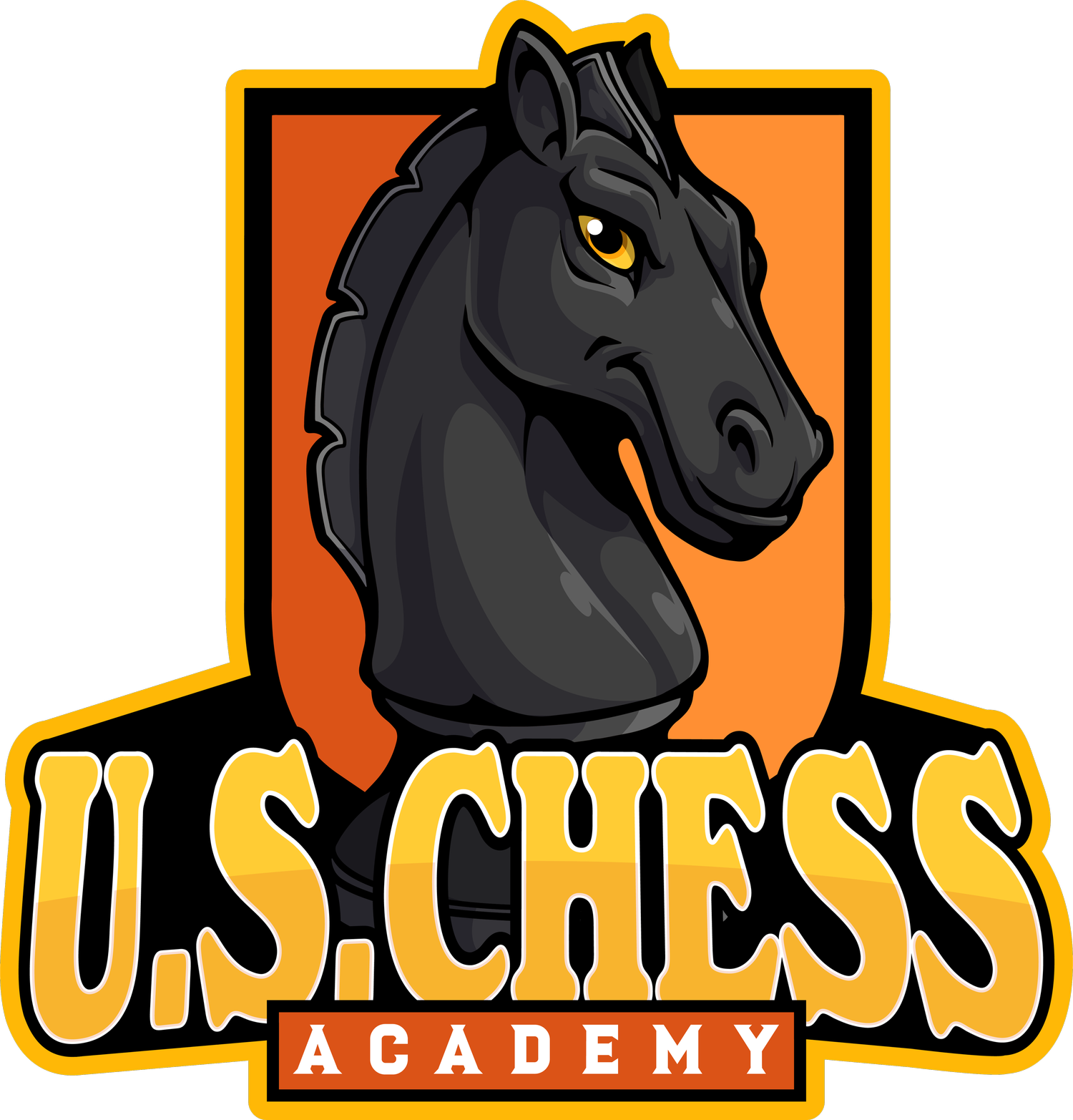Using Chess Software to Improve
Chess software has become an essential tool for players looking to enhance their skills and understand the game better. Whether you’re a casual player or a budding grandmaster, using the right software can offer insights that traditional methods may not provide. With interactive lessons, in-depth game analysis, and the ability to track your progress, chess software can be your personal coach, guiding you to play at your best.
Exploring Chess Software Options
Selecting the right chess software can be a game-changer in your learning journey. With options galore, it’s essential to find software that matches your skill level and learning style. Popular programs like Chess.com, Lichess, and Fritz offer a range of features designed for beginners through advanced players. These platforms provide everything from basic tutorials for newcomers to complex analysis tools for experts looking to refine their strategies.
When choosing chess software, consider features that support your learning goals. Look for interactive tutorials that cover different aspects of the game, from openings to endgames. Analytical tools that track your moves and suggest improvements are essential for players wanting to understand their mistakes and learn from them. Customization options allow you to tailor lessons according to your needs, making the software feel like your personal coach.
Using software tailored to individual needs offers numerous benefits. Personalized learning paths ensure you don't waste time on things you already know. This focus helps you tackle weaknesses more effectively. Plus, the convenience of having all your resources in one place means you can practice and learn whenever it fits your schedule, making continuous improvement more attainable.
Analyzing and Improving Your Game
Chess software offers a valuable way to analyze your games and enhance your performance. By reviewing your matches, you can pinpoint areas of strength and weakness. This knowledge helps you address specific aspects of your play that need improvement, providing a clear path for growth.
To harness software for game analysis, start by reviewing past games. Look for patterns in your play—repeated mistakes or successful strategies—that can inform how you adjust your future plans. Tools that highlight blunders or missed opportunities guide you in understanding where you faltered. This self-reflection is instrumental in developing a keener sense for recognizing similar situations in future games.
Built-in engines take this analysis further by allowing you to examine alternative moves and strategies. Running your games through such engines lets you see different perspectives and learn why certain moves might be more advantageous. This understanding opens up new strategic insights and empowers you to play more creatively. Exploring these alternative lines helps you prepare better for various scenarios, ultimately making you a more resilient and adaptable player.
Interactive Learning and Practice
Chess software brings learning to life with interactive lessons and practice sessions. These features allow players to engage with concepts actively, making the material easier to understand and remember. Lessons are often broken down into small, manageable parts, covering topics like openings, tactics, and endgames. This structured approach ensures you build a strong foundation while progressively tackling more complex ideas.
Gamification elements, such as achievements, leaderboards, and rewards, make learning engaging and fun. These features encourage players to consistently challenge themselves, transforming practice into an enjoyable experience. By keeping track of progress through these gamified systems, players find it easier to stay motivated and committed to their learning schedule.
Using software tailored to specific skills is also beneficial. Want to improve your opening strategies? Select modules focused on popular openings and practice them until you master them. Need to sharpen your tactic skills? Engage with puzzles and scenarios designed to enhance your tactical awareness. By targeting areas you wish to improve, you maximize the effectiveness of your practice sessions, leading to better performance during actual games.
Setting Goals and Tracking Progress
Setting achievable goals is crucial when using chess software to improve. Clear, reachable objectives give you direction and help keep you motivated. Start with smaller goals, like mastering a new opening or increasing your puzzle-solving speed. These will keep you focused and offer a sense of accomplishment as you progress.
Chess software offers tools to track your improvement over time. Many programs provide statistics and graphs showing your development in areas like win rates, time management, and tactical skills. Regularly reviewing these metrics allows you to see the tangible results of your practice and indicates which areas require more attention.
Adjusting your study plan based on feedback from the software is essential for continuous improvement. If your stats show you're struggling in endgames, focus your training on endgame techniques until you see growth. Be open to altering your approach as needed, which helps ensure that you’re always working on the most efficient path to enhance your skills.
Conclusion
Chess software is a powerful ally in your journey to becoming a stronger player. Whether you seek to analyze games, practice specific skills, or track your development, the right software provides the tools you need. By embracing technology tailored to your needs, you ensure steady improvement and deeper engagement with the fascinating world of chess.
To advance your skills with guidance from the best, the United States Chess Academy offers expert-led programs that complement the use of chess software. Dive into tailored lessons and improve your game with the support of seasoned chess educators. Let us join you on your path to chess mastery, enhancing your knowledge and passion for this timeless game. Contact our chess coaching center today.

